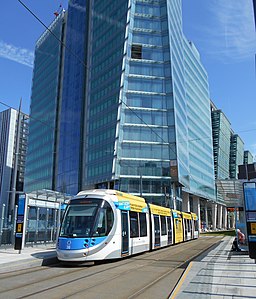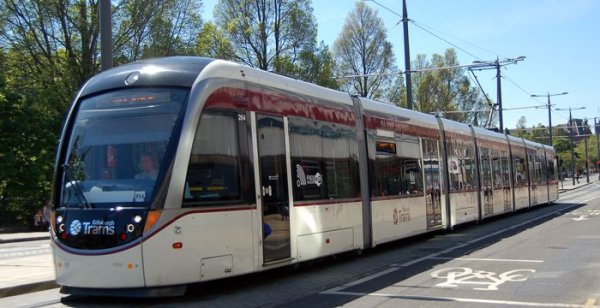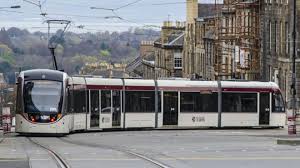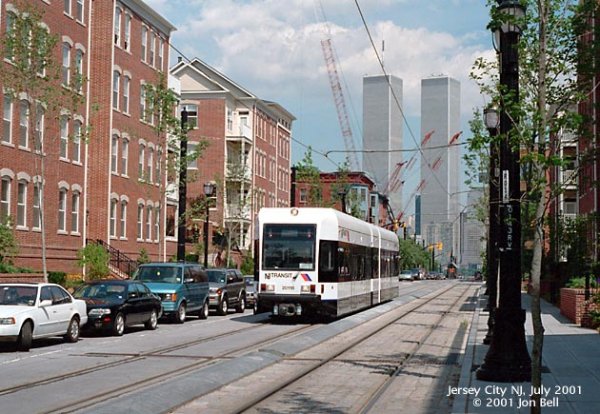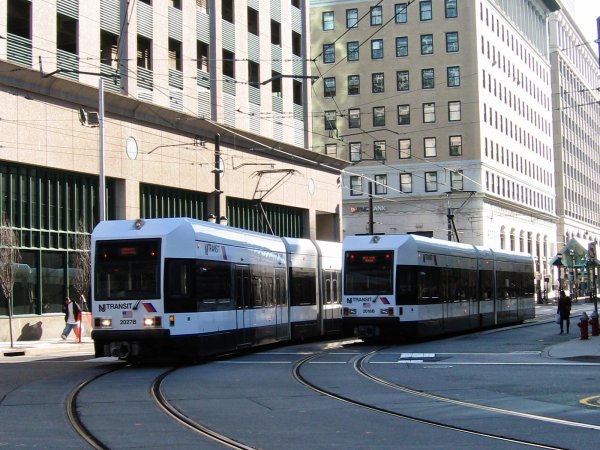Yes, the last of the old trams used to travel the paying North Richmond to St Kilda line and were phased out two years ago. The city circle trams are very popular with locals also who work in the city. The whole circuit can take up to an hour depending on traffic and always crowded. The ones they are currently restoring are receiving significant upgrades so won't rattle so much and be more comfortable.When I was a kid, you still had the older trams from the 50s, 30s, etc, rattling around town. And I mean RATTLING. You could hear them coming three blocks away! But these days, apart from the City-Circle tourist trams, I'm not sure that the old antiques are still used anywhere in Melbourne.
I also remember the older 1920's and 30's trams without external doors that were finally phased out in the early 1990's. They were great in summer but freezing cold in winter. At either end they had the enclosed 'lounge' areas where ladies sat on comfortable padded seats and shielded from the weather. The lounges had beautiful timber work and delicate sponge effect painting. The middle section was open to the weather with hard benches and full of men and boys smoking cigarettes diligently. The floors had raised wooden slats about 2cm apart to gather the cigarette butts in between. At the end of the day the gaps were full of them.
Last edited:

